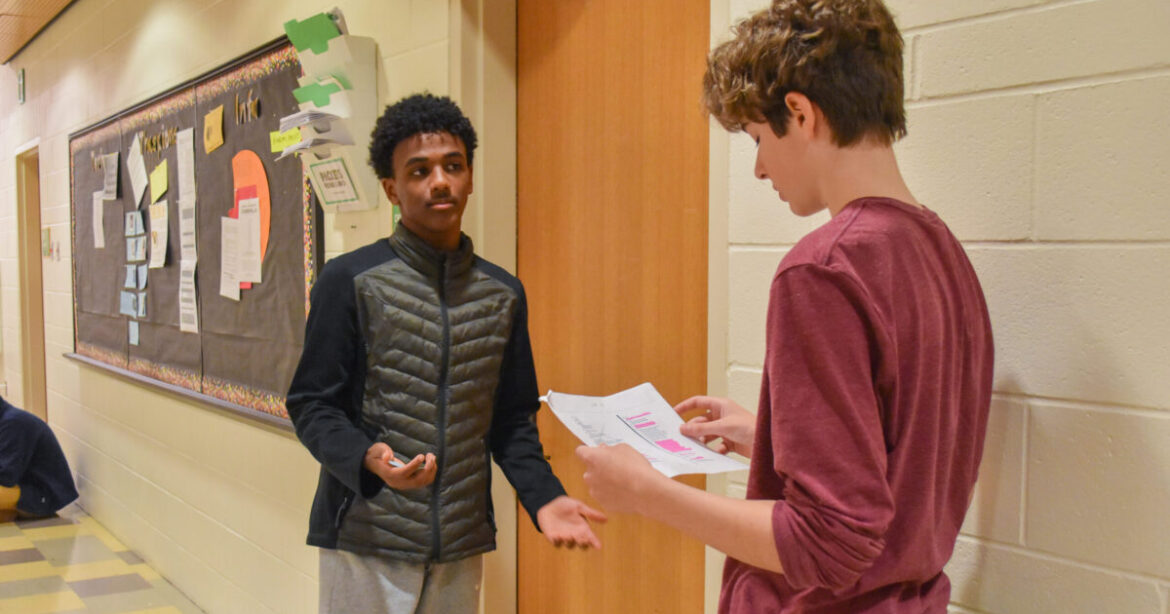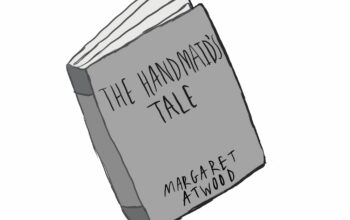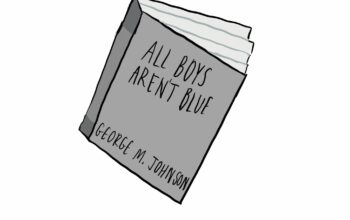Roosevelt only SPS high school to accommodate ASL
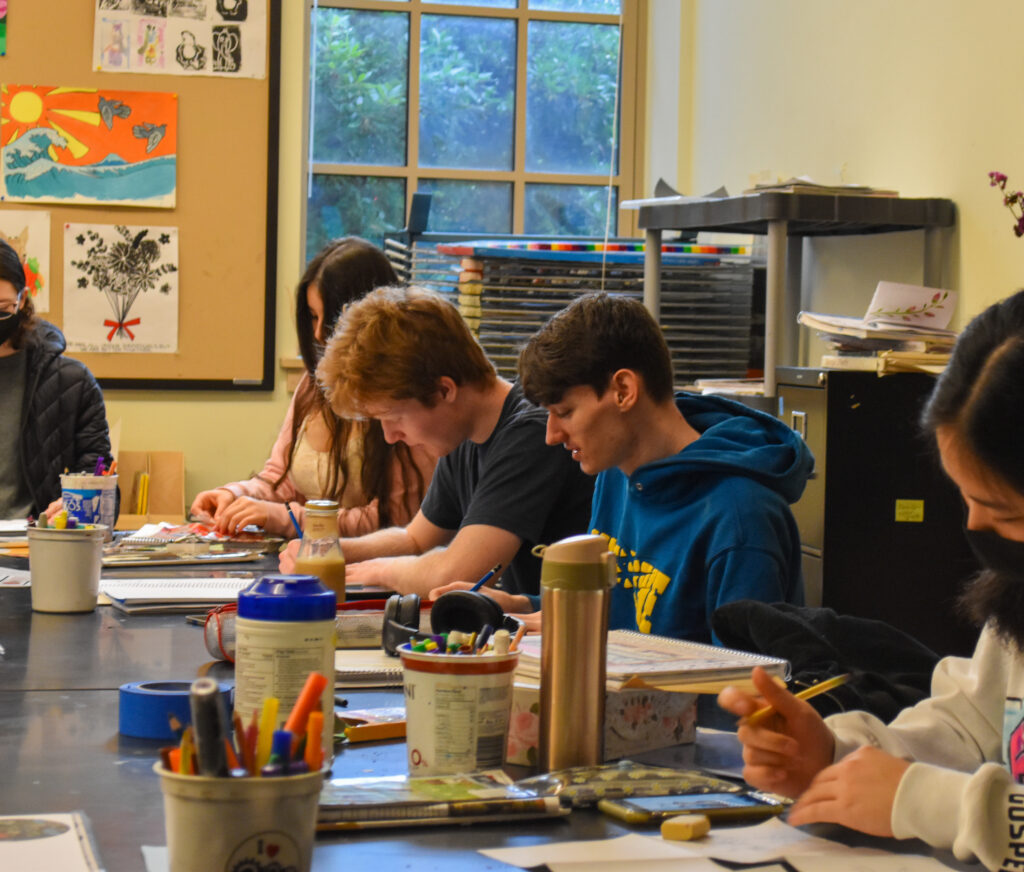
“SPS has over 400 students with a diagnosed hearing impairment… 10% of those 400 students are sign language users,” said Ann Curry, the Special Education Supervisor of Sensory Services for SPS. TOPS K-8 and Roosevelt High School are the only schools in the district with programs that accommodate students who use sign language. This is both to consolidate resources to one program per age group, as well as to prevent isolation of students who use ASL.
Justin Sauter, RHS class of ‘23, is one of those students. At his previous schools, Sauter did not have either accommodations or an Individualized Education Program. An IEP is a plan made by a student, their parents, and their teachers, which outlines what the specific student needs in order to be successful in school. IEPs are intended to support students with a wide range of disabilities, including learning disabilities such as ADHD or dyslexia, mental health challenges such as anxiety, or physical impairments or disabilities.
Sauter shared that without support like an IEP, “Even with my hearing aids, it was hard to hear, and… I was afraid to ask [my teachers or] tell them what I wanted.” He expanded, “This is my first… school that I’ve had a Deaf or Hard of Hearing Program where it has accommodations there for me.” The presence of a designated DHH program at Roosevelt means that more resources are available to provide support to students.
Some of Sauter’s accommodations include additional test-taking time, preferable seating where he can hear better, and a speaker that hooks up to his hearing aids. He also receives support from an assistant instructor, who helps him with note-taking and occasional class work.
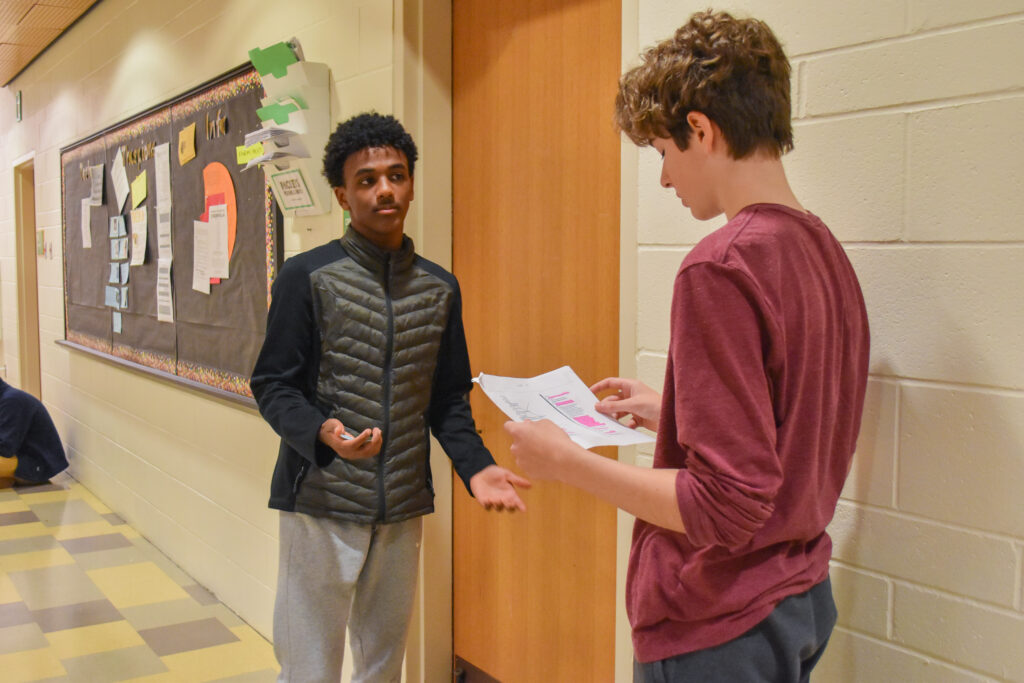
Samson Abraham, ‘23, is one of the RHS students who utilizes a sign interpreter. He shared, “For us, it’s very important to sit in the first row. Being in the back row, it’s going to be hard for us to see the interpreter, we have the interpreter to sign for us.”
He explained that he will usually talk to a teacher before or after class to get a basic rundown on what will be happening in class. “Usually, if I don’t do that, it would be very difficult for me to… follow [what’s happening in class].”
Another student, Priyna Chohan, ‘25, said that her experience with her accommodations varies by class and by teacher. “I have many teachers that will come up to me and be like, ‘Oh, do you need help with this?’ or, ‘Do you need me to move you up here?’ And then there are other teachers that will just wait for you to go to them.”
Chohan has had her current accommodations since 7th grade. They include an ASL interpreter in all of her classes, preferred seating, unlimited testing time, and a transcriber who writes down everything said in class.
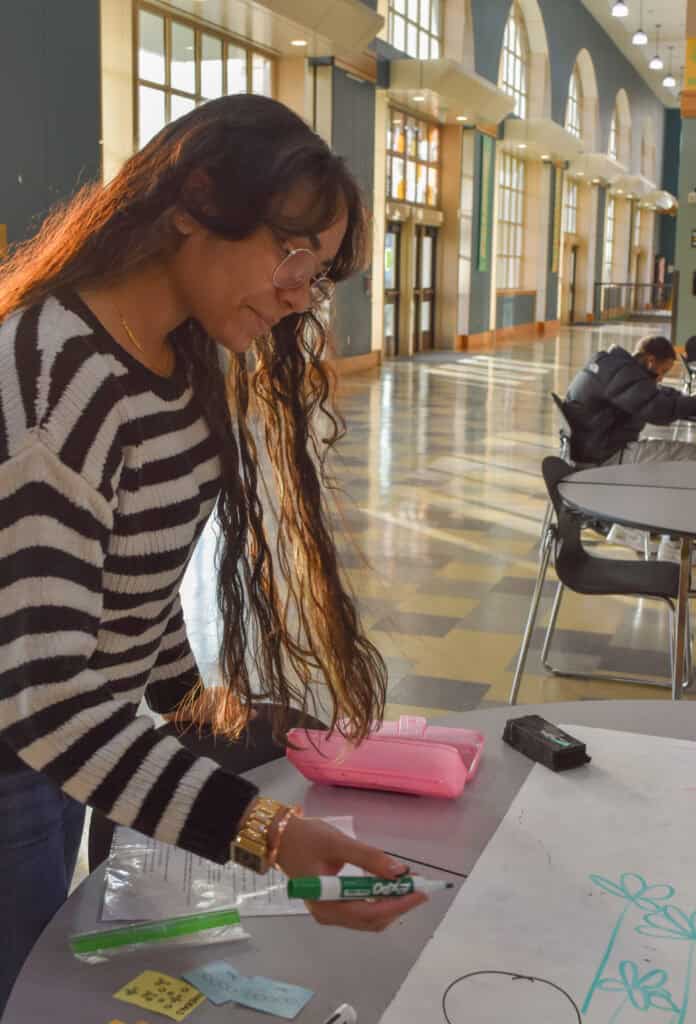
During online schooling, her transcriber began accessing Chohan’s classes through Zoom or Microsoft Teams. Following the return of in-person school, her transcriber has continued to attend online. She said, “It’s like, just a hassle for me to connect everything to a laptop and stuff. I kind of have been drifting away from… relying on the transcribing. Which I definitely don’t enjoy a lot.”
Disabled students are legally entitled to accommodations, as mandated by several pieces of federal legislation. The most prominent of these is The Americans with Disabilities Act. Passed in 1990, the ADA is an anti-discrimination law which requires certain accommodations to always be available. It consists of five sections, each covering different aspects of life, such as employment and public services.
Title II of the ADA covers public accommodations, including schools. The ADA National Network explains that this section legally mandates all “school districts [to] appoint an ADA coordinator.” A coordinator works with “compliance training, and customer service around students in the Gen. Ed. setting with disabilities,” said Shanon Lewis, the ADA Coordinator for SPS.
The ADA’s wide range of coverage allows the district to receive funding from the U.S. Department of Education, and the National Institute on Disability, Independent Living, and Rehabilitation Research. The funding is put toward improving, altering, and providing existing accommodations. The money is also directed in part to enforcing compliance with The Individuals with Disabilities Education Act.
The IDEA is another piece of federal disability accommodation legislation, however it is not an anti-discrimination law. The act’s self-described purpose is to maintain disabled students’ right to “free, appropriate public education” by ensuring that schools provide necessary support. The IDEA covers a list of very specific disabilities including impaired hearing.
IDEA is funded by the State Education Agency, as well as the Department of Education’s Office of Special Education and Rehabilitation Services. To receive the benefits allotted by the legislation, students are often required to have an official diagnosis and an existing IEP.
The IDEA states that public schools must have auxiliary aids available for DHH students. This includes closed captioning on videos, assistive listening devices, and ASL interpreters.
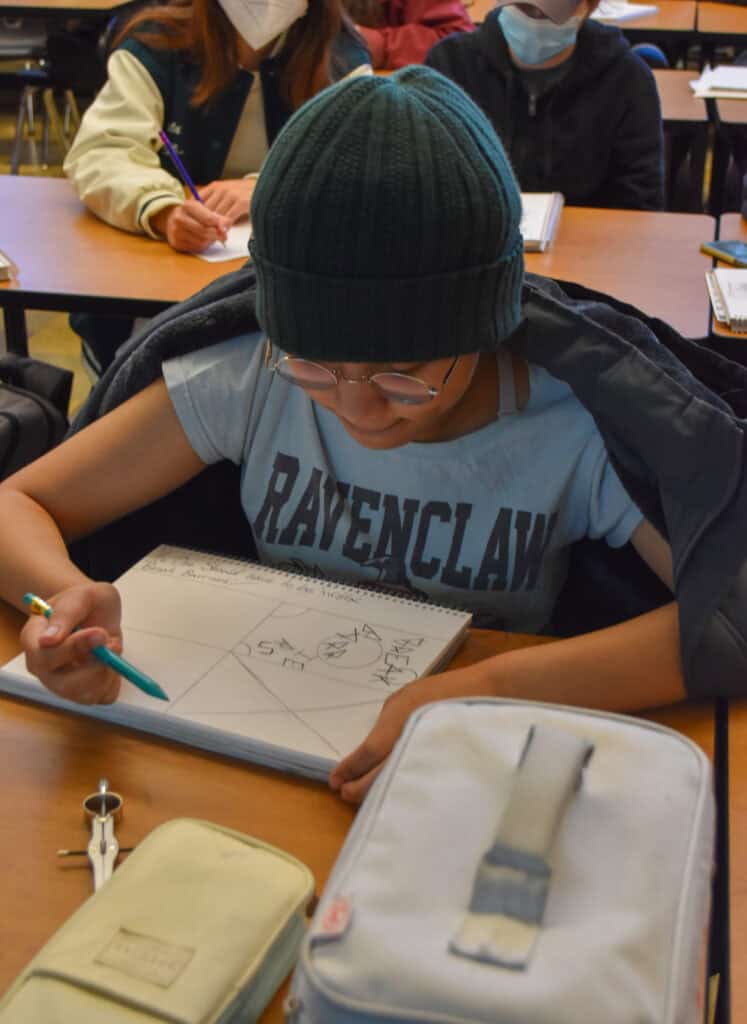
However, implementing these resources presents difficulties when translated off of the page into real life. “Interpreters are kind of lacking,” said Roosevelt student Kiaene Trevigne, ‘26.
“Nationwide, right now, there’s an… educational interpreter shortage,” noted Curry, including in Seattle. One contributing factor at the local level is the 2011 closure of Seattle Community College’s interpreter training program. As a result, SPS must hire from other universities, sometimes out of state. Most recruits now come from a small training program at Spokane Falls Community College. However, the size of the program simply doesn’t produce enough trainees to meet SPS demand.
Another factor in reduced availability of public school interpreters is pay. Some interpreters work as contractors, either as individual freelancers or through private agencies. These contractors generally charge hourly rates that are significantly higher than the school district salaries that educational interpreters receive. In a market so strapped for interpreters’ services, the contract route is popular. However, salaried educational interpreters receive employee benefits such as health insurance that independent contractors do not.
Despite the shortage, Roosevelt’s DHH program is able to provide ASL interpretation. The program’s status as the only one of its kind in all SPS high schools makes it all the more important as a space for DHH students, noted some.
Samson Abraham, ‘23, shared, “[There are] different hard of hearing kids at the school in this club where… [we’re] connected, like other clubs. But what makes us very different is we use sign language to express [ourselves].”
Follow The Roosevelt News on Instagram @therhsnews. Questions, comments, or concerns? Contact the Editorial Board at therooseveltnews@gmail.com.
Your voice matters. Share your thoughts and experiences in the comment box below.
